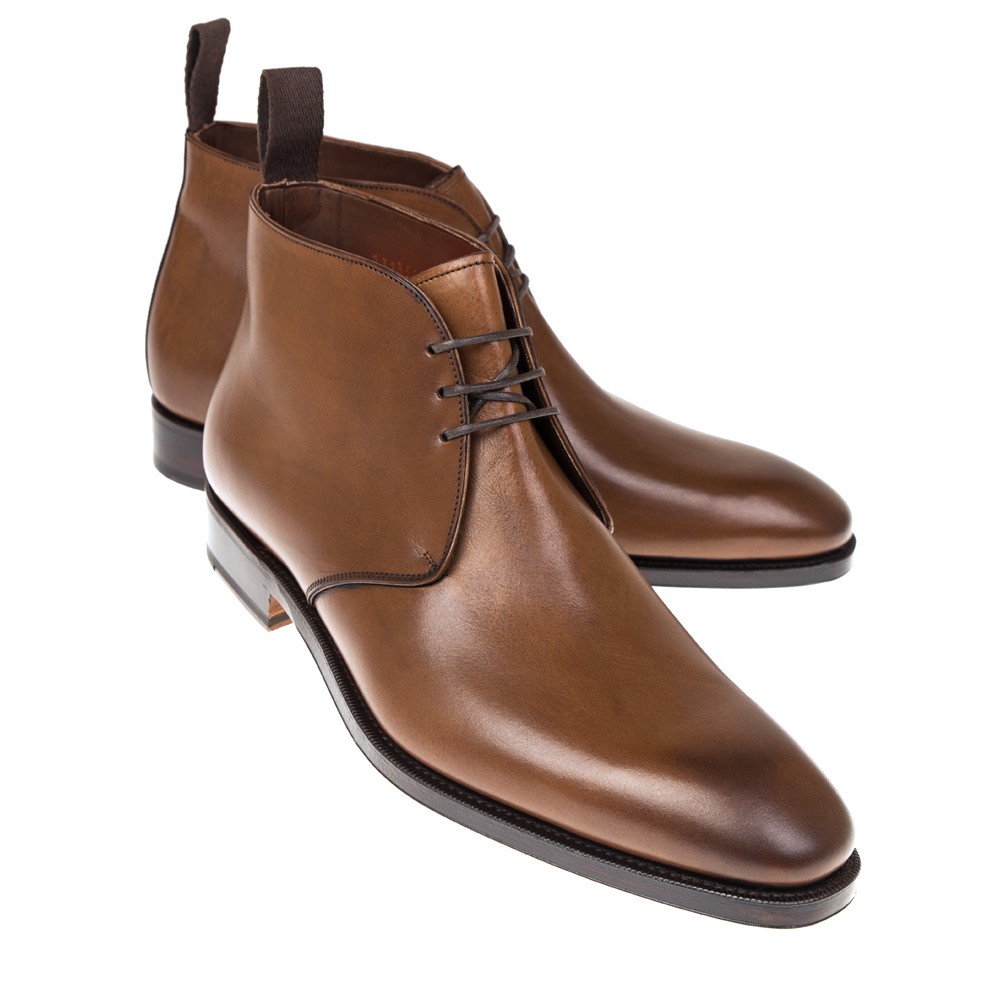Academic2
Distinguished Member
- Joined
- Jul 29, 2013
- Messages
- 2,946
- Reaction score
- 4,277
While on the subject of the Chronicle, there’s an article in the 1/23/98 issue entitled “Frumpy or Chic? Tweed or Kente? Sometimes Clothes Make the Professor” which I find quite remarkable. The complete article can be found here.
http://chronicle.com/article/Frumpy-or-Chic-Tweed-or/65194
Here’s how it opens.
“There was just one problem with the English department's job candidate: his pants.
They were polyester, green polyester, and the members of the hiring committee considered that a serious offense. For 10 minutes they ranted about the cut, the color, the cloth. Then and only then did they move on to weightier matters.
He did not get the job.
Neither did a woman lugging an oversized tote bag (too working-class). Or a man sporting a jaunty sweater and scarf (too flaky). Or a woman in a red-taffeta dress and cowboy boots (too -- well, too much).
In the world of academe, where the life of the mind prevails, does it really matter if a scholar wears Gucci, gabardine, or grunge? What about good looks? Can such things tip the scales in a job interview, weaken a bid for tenure, or keep you off the A list on the conference circuit? Many professors say they can, although there is quibbling over the reasons why.”
What I find remarkable about this passage is the public admission that the author has served on search committees in which perceived errors of dress resulted in an applicant not getting the job. Now, this was 1998, but I can’t imagine someone publishing such an admission today, especially given the unapologetically pejorative language used (‘too working class’, ‘too flaky’, etc.). While there’s been lots of testimony in this thread about ways in which dress can matter, and appropriately so, to those who teach, this seems to me to be something else. This seems narrow and more than a little bigoted.
Reflecting on the differences between 1998 and 2016, it seems to me that the various efforts to increase campus diversity which we’ve witnessed over the past decade (and which I applaud, by the way), while originally aimed mostly at racial and ethnic minorities, have had the interesting side-effect of altering the way we talk in public about departures from societal norms more generally. Neither ‘slobs’ nor ‘dandies’ are protected classes, after all, but I think that each benefits from a university environment which at least pays lip service to the goal of diversity.
Of course the fact that we’ve changed the way we talk about others’ dress publicly doesn’t necessarily mean we’ve changed the way we think about it privately.
In any event it’s a revealing article. Apart the opening discussion of search committee behavior there are a number of observations which are consistent with the discussion in this thread regarding the diversity of norms in the university today, e.g.:
“Clothes also help determine if someone will fit into a particular institution. Ask around, and you'll hear professors talk about regional norms for academics: The Midwest dresses down, the South dresses up. Tailored but casual wins the day in the Northeast, and anything goes in California -- as long as it looks good. Not to mention the fact that individual universities have their own idiosyncratic norms, which professors ignore at their peril.”
Cheers,
Ac
http://chronicle.com/article/Frumpy-or-Chic-Tweed-or/65194
Here’s how it opens.
“There was just one problem with the English department's job candidate: his pants.
They were polyester, green polyester, and the members of the hiring committee considered that a serious offense. For 10 minutes they ranted about the cut, the color, the cloth. Then and only then did they move on to weightier matters.
He did not get the job.
Neither did a woman lugging an oversized tote bag (too working-class). Or a man sporting a jaunty sweater and scarf (too flaky). Or a woman in a red-taffeta dress and cowboy boots (too -- well, too much).
In the world of academe, where the life of the mind prevails, does it really matter if a scholar wears Gucci, gabardine, or grunge? What about good looks? Can such things tip the scales in a job interview, weaken a bid for tenure, or keep you off the A list on the conference circuit? Many professors say they can, although there is quibbling over the reasons why.”
What I find remarkable about this passage is the public admission that the author has served on search committees in which perceived errors of dress resulted in an applicant not getting the job. Now, this was 1998, but I can’t imagine someone publishing such an admission today, especially given the unapologetically pejorative language used (‘too working class’, ‘too flaky’, etc.). While there’s been lots of testimony in this thread about ways in which dress can matter, and appropriately so, to those who teach, this seems to me to be something else. This seems narrow and more than a little bigoted.
Reflecting on the differences between 1998 and 2016, it seems to me that the various efforts to increase campus diversity which we’ve witnessed over the past decade (and which I applaud, by the way), while originally aimed mostly at racial and ethnic minorities, have had the interesting side-effect of altering the way we talk in public about departures from societal norms more generally. Neither ‘slobs’ nor ‘dandies’ are protected classes, after all, but I think that each benefits from a university environment which at least pays lip service to the goal of diversity.
Of course the fact that we’ve changed the way we talk about others’ dress publicly doesn’t necessarily mean we’ve changed the way we think about it privately.
In any event it’s a revealing article. Apart the opening discussion of search committee behavior there are a number of observations which are consistent with the discussion in this thread regarding the diversity of norms in the university today, e.g.:
“Clothes also help determine if someone will fit into a particular institution. Ask around, and you'll hear professors talk about regional norms for academics: The Midwest dresses down, the South dresses up. Tailored but casual wins the day in the Northeast, and anything goes in California -- as long as it looks good. Not to mention the fact that individual universities have their own idiosyncratic norms, which professors ignore at their peril.”
Cheers,
Ac




